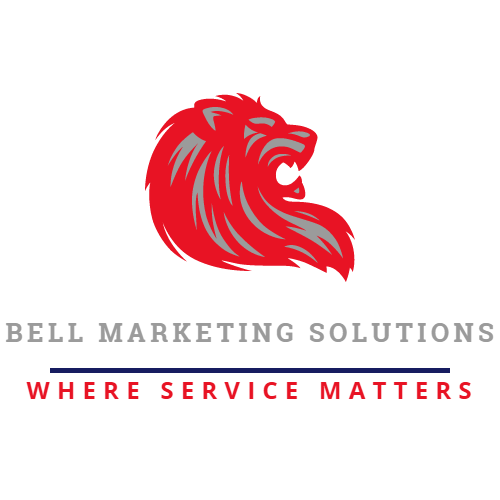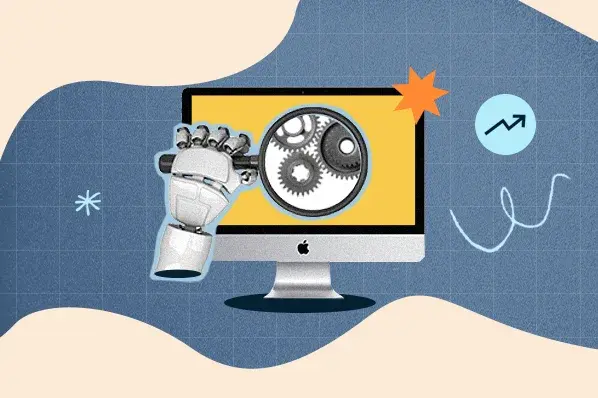The future of brand tracking is here — and it’s powered by AI.
The future of brand tracking is here — and it’s powered by AI.
Brand tracking is an essential marketing strategy for measuring brand performance, customer loyalty, and market positioning.
Traditionally, companies rely on surveys, panels, and market research to gather this data. But these methods can be slow, often taking weeks or months to deliver insights, which makes it hard for businesses to adapt to market changes in real time. Brand tracking can also be expensive and time-consuming, putting it out of reach for smaller teams with limited budgets.
AI is a potential solution, offering more accessible, faster, and cost-effective results. But what practical marketing applications does AI have for brand tracking — and how accurate is it?
In a recent Marketing Against the Grain episode, Kieran and I used HubSpot as a test case to explore how generative AI tools like ChatGPT and Claude could streamline brand tracking. By comparing the AI-powered insights with our own internal company data, we also assessed how closely AI can match up to traditional tracking methods and its potential for broader use.
AI-Powered Brand Tracking Opportunities
AI offers a more efficient way to track and evaluate brand performance, providing faster insights faster, with more flexibility. Here, Kieran and I explore three practical applications.
Understand why customers choose your brand over competitors.
AI isn’t just about quantitative analysis; it also helps marketers understand the qualitative ‘why’ behind customer decisions by analyzing online customer feedback, reviews, and discussion forums.
When we prompted AI to analyze why customers choose HubSpot, it identified core themes like ease of use, integration capabilities, and customer support. These findings closely matched our internal data, showcasing AI’s ability to quickly extract accurate insights from public platforms.
This offers a valuable window into customer behavior, enabling marketers to improve brand messaging and shape acquisition strategies around the attributes that resonate most with their audience.
Estimate your NPS score.
Net Promoter Score (NPS) is a key indicator of customer loyalty and brand satisfaction — but it’s often expensive and time-consuming to measure.
While AI isn’t a complete replacement for NPS surveys (yet), it can give quick, informal estimates by aggregating online feedback and analyzing customer sentiment. This helps marketing teams regularly monitor customer satisfaction and make timely adjustments between formal NPS assessments.
In our experiment, we asked AI to estimate HubSpot’s NPS using online data. The AI produced a score range that was surprisingly close to our actual figures, along with a detailed rationale, demonstrating AI’s potential as an effective proxy for traditional NPS tracking.
Measure aided brand awareness.
Aided awareness, or how familiar consumers are with a brand when prompted with its name or logo, is a key metric for evaluating brand visibility and competitive positioning in the market.
Traditionally, this involves hiring research firms to build and run extensive surveys, but AI again offers a faster, more accessible alternative by analyzing publicly available data and consumer sentiment.
In our experiment, we used AI to estimate HubSpot’s aided awareness within a target market segment — companies with 200 to 2,000 employees. Interestingly, the two models produced slightly different results, with Claude offering a more accurate estimation compared to ChatGPT-4.
This discrepancy highlights the value of consulting multiple AI models for a more well-rounded picture of your company’s brand awareness.
Tactical Tips for Optimizing AI for Brand Tracking
AI is great — but it’s not perfect. Being thoughtful about how you implement and manage your AI marketing tools maximizes the value AI brings to your brand tracking strategy.
Here are five actionable tips to ensure you’re getting the best results.
1. Craft precise prompts for accurate AI results.
The quality of AI output is directly tied to how well you structure your request. Clearly define your target audience, goals, and context to help AI generate more focused and actionable insights.
2. Monitor for outliers and know when to validate.
Set your AI agents to flag outliers and notify you when results deviate from expectations. This helps determine when you should invest in resources like manual analysis or additional surveys to validate findings.
3. Integrate AI with your existing tools and internal data.
Improve contextual accuracy by integrating your AI marketing tools with internal data — like sales calls, social media interactions, and website analytics—to capture more personalized AI insights that reflect your brand’s unique context and positioning.
4. Regularly evaluate and update your AI toolkit.
AI models are constantly evolving, so it’s essential to confirm you’re always using the most up-to-date version. Regularly check and update your AI tools to make sure they align with your marketing team and business goals, giving you the most effective results over time.
5. Build your marketing AI ecosystem now.
“AI is going to be exponentially better in 12, 18, 24 months,” says Kieran. Therefore, the time to build your marketing AI infrastructure is now, so you’ll be well-positioned and agile enough to integrate future AI improvements as soon as they are available.
Adopting AI in brand tracking empowers your team to react faster to market shifts and customer behaviors, while also future-proofing your AI marketing strategy. To learn more about AI for brand tracking, check out the full episode of Marketing Against the Grain below:
This blog series is in partnership with Marketing Against the Grain, the video podcast. It digs deeper into ideas shared by marketing leaders Kipp Bodnar (HubSpot’s CMO) and Kieran Flanagan (SVP, Marketing at HubSpot) as they unpack growth strategies and learn from standout founders and peers.
![]()


![Free Kit: How to Build a Brand [Download Now]](https://no-cache.hubspot.com/cta/default/53/814dd420-0d49-40e0-b59c-f01066e186c1.png)